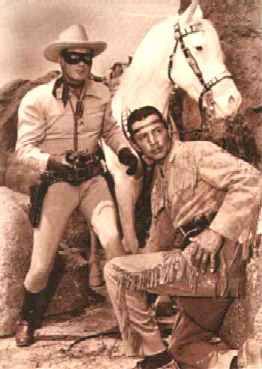|
| <! -- begin print page / send page box --> |
|
In recent weeks, U.S. forces have found a number of suspicious containers in Iraq that initial tests suggested contained potentially dangerous chemical agents. But the earlier finds turned out to be false alarms.
However, a Pentagon official said the fact that these chemicals were found with warheads raises the level of interest.
Besides 14 unmarked barrels, one of which was tested, a U.S. Special Forces reconnaissance team on Friday found at least a dozen missiles and 150 gas masks at the site east of Bayji, Iraq, about 130 miles northwest of Baghdad. Also raising suspicions were partially looted vehicles at the site with dosage charts inside.
A platoon of chemical weapons experts from the Army's 1-10 Cavalry was dispatched immediately to check out the discovery, and it took most of the night to secure the area.
This morning, Lt. Valerie Phipps and her squad used three different methods to test liquid from one of the barrels. The preliminary tests showed it to be a mixture of three chemicals, including a nerve agent and blistering agent. Phipps said the tests have an accuracy of 98 percent.
Phipps gave ABCNEWS an exclusive tour of the site.
More Tests Needed
The military plans to conduct further tests on the barrels. An international team of chemical weapons experts is expected to visit the site Sunday.
According to the Pentagon official, the military does not have testing equipment in Iraq that is sophisticated enough to eliminate all pesticides. Because pesticides can give a false positive, anything found will be sent to the Aberdeen Proving Grounds in Maryland for further testing.
It will take about a week from the time the chemicals are shipped out of Iraq to the time the military has positive identification, the official said.
Missiles and Vehicles
Besides the unmarked barrels that were lying out in the open, missiles — some still in their shipping containers — were visible nearby, along with two specially equipped vehicles that Phipps speculated might be mobile chemical labs.
Looters already had stripped the vehicles of their tires and other portable equipment. But inside were charts listing various dosage levels, a workstation in the back, and in the middle what appeared to be a giant, Russian-made mixing device.
Local residents said the material was dumped at the location by Iraqi troops the day after U.S. forces took Baghdad. They said an Iraqi officer stayed behind and stood watch over the material for two more days.
False Alarms
Despite initial appearances, officials in Washington were stressing caution on the Bayji discovery, particularly in light of earlier false alarms.
On April 7, at an Iraqi military camp near Karbala, U.S. troops discovered two dozen drums that initially tested positive for Sarin and mustard gas. Later, the U.S. military determined the chemicals were pesticides.
On April 10, outside Baghdad, U.S. forces found a mobile radar truck also thought to be a mobile chemical weapons laboratory. It wasn't.
The misinterpretations may have come because some of the same chemicals used to make Sarin, one of the most dangerous nerve agents, and mustard gas, a colorless lethal substance, are also used to make pesticides, chemical weapons experts say.
"The technologies are virtually identical," said Kyle Olson, a terrorism expert and an ABCNEWS consultant. "It's simply a question of changing the recipe."
While U.S. forces have been unable so far to find weapons of mass destruction, they have gas masks, antidotes for chemical weapons, and even some documents that support the notion of an Iraqi weapons of mass destruction program, officials say. 
ABCNEWS' David Wright near Bayji, Iraq, and Lisa Sylvester at the Pentagon contributed to this report. |




